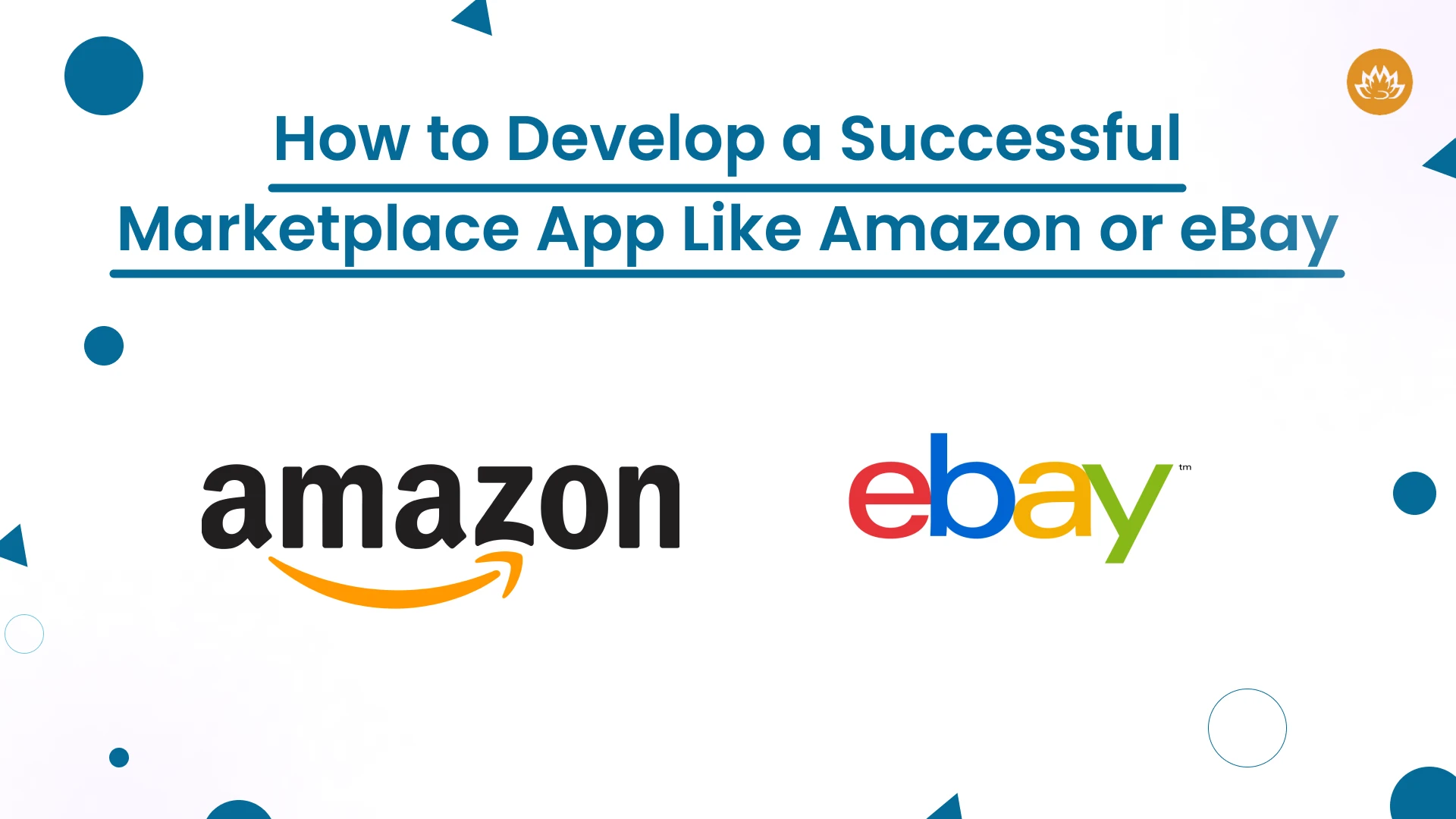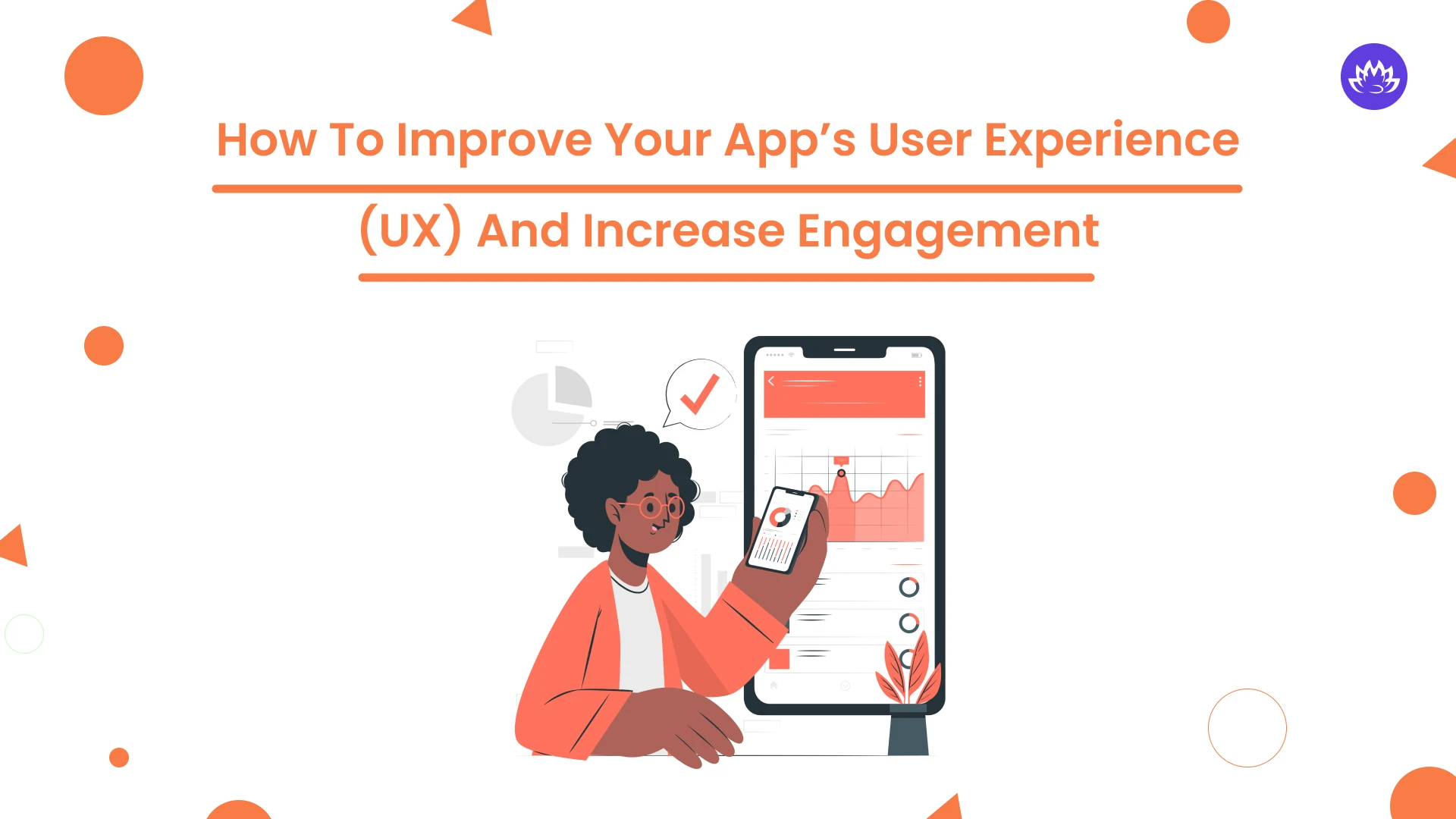When you build a dynamic mobile app that is seamless, robust, and multi-platform, you need trusted and advanced technologies. Flutter and Swift are the most known mobile app development technologies, offering iOS app development services. Google created Flutter – an open-source framework used for developing cross-platform applications. Swift is a programming language created by Apple for iOS, macOS, and watchOS app development.
From all the exciting iOS app development trends going around nowadays, you must know which trend suits the best for your business and whether is profitable or not. How far do the technologies you adopt to create your product will help you improve visibility and accessibility? To get answers to this question and similar other queries, you must have an in-depth understanding of trending technologies like Flutter and Swift.
Mobile apps can help your business grow exponentially. However, it all depends on the way you design these apps and how you harness the benefits of the integrated technologies to make huge profits and expand your services. Even today, iOS apps are preferred by a set of target audiences because it has unique interfaces and remarkable alignment between hardware and software. A lot of expertise goes into building such apps and only a robust framework can make iOS apps so flawless.
Hence, Flutter and Swift are two main types of technologies that are currently used to build iOS mobile applications. So let us understand these frameworks’ benefits and how they can help you grow your business.
What is Flutter?
Created by Google, Flutter is a portable UI toolkit to design stunning and natively compiled applications for mobile, desktop, or web through a single codebase. Recently, Flutter has become the most popular framework among developers as it works with the existing code and is free and open source. Besides, it accelerates the app development speed and is a very cost-effective option. Designers get a canvas for providing engaging user experiences. With Flutter, engineering managers can build a unified team of app developers that can thrive to build single mobile, web, and desktop applications.
Top Features of Flutter

-
Hot reload
-
Rich widgets
-
Open Source
-
Single Codebase
-
Google Firebase support
Benefits of Flutter for iOS mobile app development

Rapid Interface Development
It is important to build an interface for every mobile app development project. Flutter iOS framework works wonders in doing this. Unlike native app development, Flutter can provide rapid development processes to create app interfaces and can also scale at different platforms. It works perfectly on Android and iOS due to which it has become so popular.
Hot Reloading
With its hot reloading feature, it develops smooth interfaces and does not need frequent manual interventions for writing codes. It allows you to make necessary changes in the code while building the app and there is no need to rebuild the app from scratch.
Tools Support
Flutter framework has a unique set of tools for iOS app development including IDE and compiler. This helps developers to work seamlessly with Flutter codes as these tooling support systems like Flutter editor and simulator build robust iOS mobile apps.
Cross-platform Compatibility
iOS apps built with Flutter do not require any platform-specific code. All types of apps can be created by using this framework. This is the main reason behind Google choosing it for developing several different types of apps.
Debugging
All the debugging tools for iOS mobile apps built on Flutter are easy to use and are quite effective compared to native development tools. With the support of hot reloading, Flutter developers can have the added advantage of checking their progress on real devices in a few clicks.
What is Swift?
Swift is an intuitive programming language created by Apple for developing apps for Mac, iOS, Apple Watch, and Apple TV. With Swift, developers get freedom like never before as it is so easy to use and comes with an open-source framework. Any developer or entrepreneur with an idea can build an incredible app with Swift. It has fast and effective language models that give real-time feedback to users. Developers can write reliable codes more safely and can save time while creating exclusive apps with unique user experiences.
Top Features of Swift
-
Simple Syntax
-
Open-Source
-
Objective-C compatibility
-
Package manager
-
Powerful Generics
Benefits of Swift for iOS mobile app development

Complete Safety
Developers of diverse experience levels can easily understand Swift programming language and its script without learning new syntaxes. So even the newbies can save their time on learning and can straight away begin to develop, which gradually boosts their efficiency.
High Performance
Using Swift will always provide excellent results and you will get stunning apps with easy-to-read and write codes. Thankfully, there are no more layers of memory managment here. It does not have complicated objects just like in Objective C. Hence, this eases the development process and ensures rapid coding.
Exclusive Tools
With Swift, you get extraordinary tooling support. As a developer, you will find it so easy to learn this language and use it as your dream development language. There are various tools used like compilers, code analyzers, etc.
Open Source
The entire Swift language and its ecosystem are empowered with diversified open-source libraries and frameworks that can be customized to enhance your app. You can even reuse the features at different levels to improve your app development skills.
Versatility
Swift is a very liberal language and allows you to choose the libraries and framework you wish to develop your app. You can joyfully write codes and get an open choice to select the framework to improve your development process, enhancing the app development quality to a great extent.
Flutter vs Swift: Comparisons
Accessibility
The attempt to make products more and more accessible to users with impairments by doing continuous enhancements in UI/UX is accessibility. This is because even impaired people should get the benefits of an iOS app and this is only possible by creating a user-friendly interface. Here the developers must submit the proper accessibility information while using the UIAccessibility Protocol. For the Swift UIKit framework, there is a built-in accessibility tool comprising different features. To summarize, Swift has great accessibility options.
Whereas, Flutter needs improved development processes for users with disabilities. The Flutter app guide does not contain any information regarding the accessibility support for impaired users.
Integration and Development
The main feature of Flutter is its multi-platform interoperability. Swift does not have this feature. Flutter has multiple packages and parts for use in various applications. On the other hand, Swift does not have cross-platform compatibility. It rather delivers continuous integration in the ongoing development process by the XCode server. Hence, Apple has limited apps that can be scaled. On the contrary, Flutter has several development tools that can detect, test, make, and package any sort of application.
Build your application with our dedicated development team and fulfill your project requirements by Choosing between Swift and Flutter
Performance
The app performance is majorly gauged by factors like responsiveness and efficiency. In terms of speed, Swift is the best option. The native status of the language provides unparalleled swiftness and high efficacy. The entire app creation process is seamlessly designed, helping developers release quality apps.
The progress of Flutter is equally high and continuous but in a different direction. Flutter uses Dart compiled Dart garbage collector to help developers meet deadlines. This enhances rapid conversation with the gadget. Hence, in terms of performance and effectiveness, Flutter and Swift stand at equal positions.
Onboarding Process
To develop native iOS apps, developers get a streamlined onboarding process and hassle-free settings for making changes. Hence, in comparison with Flutter and Swift, Swift leads the onboarding test process as it needs less configuration. Flutter has fewer development resources and tools like XCode, etc.
Development Time and Cost
Flutter comes with the benefit of finding the exact duration of creating an app through the Flutter app package. Developing apps in Flutter for iOS may take longer. Just after going through the first rounds of development, Flutter speed increases.
On the other hand, Swift native app development duration can be known via the XCode command line. After building the program, developers can use the build command from the product menu and check the duration. So it is easier to analyze and develop apps with Swift as compared to Flutter here. Flutter is the best option only when you want to build an app for multiple platforms. Despite both frameworks being open source and free, Flutter has better portability and is cost-effective as compared to Swift.
Learning Curve
The learning curve relates to the amount of time and effort needed to learn the current code from scratch for building a fully functional mobile app. Hence, it is an important factor to consider for every programming language or framework to gauge its coding linguistic efficacy. Unlike other frameworks, Flutter has better tutorials and written technology papers for easing understanding.
Understanding Swift is complicated, however, it depends on the cognitive abilities of the programmer and grasping capacity. Both the technologies stand winner in their ways.
Application Size
The app size is another element that differentiates Flutter and Swift. Swift is an XCode-derived app with around 25 MB artifact for developers to create native iOS apps. Whereas Flutter application build artifacts are available in the build/iOS/Debug-iPhone simulator folder. Flutter’s locally developed program is larger than the native one and is 52.4 MB in size. Hence, this technically proves Flutter apps take up more space than its competitors.
Community Support
Flutter and Swift both have powerful communities of users and developers. For creating mobile applications, both communities are invaluable. Sponsored by Google, the Flutter community is rapidly expanding by sharing official packages giving abundant tools to create apps easily. Hence, the Flutter ecosystem is large and expansive. Even Swift has stronger support from Apple and has a large community of developers who rapidly get assistance through various tools, guidelines, tutorials, and third-party packages.
Conclusion
Choosing between Swift and Flutter depends on a lot of factors and requirements. You can not decide by showing up with statistics or figures. The answer to the problem lies in understanding the features, functionalities, benefits, and trade-offs of both technologies. Some organizations employ both of them as per their needs. We are sure this blog will help you decide whether you need Swift or Flutter for your mobile app development project. You can hire Flutter developers and develop apps by using the same codebase and then deploy them on iOS and Android. We at Whitelotus Corporation can help you build professional and unique mobile applications. We have Flutter and Swift development teams that are highly efficient and well-experienced in creating complex mobile apps for your business.
Author
-

Sunil is a result-orientated Chief Technology Officer with over a decade of deep technical experience delivering solutions to startups, entrepreneurs, and enterprises across the globe. Have led large-scale projects in mobile and web applications using technologies such as React Native, Flutter, Laravel, MEAN and MERN stack development.
View all posts












